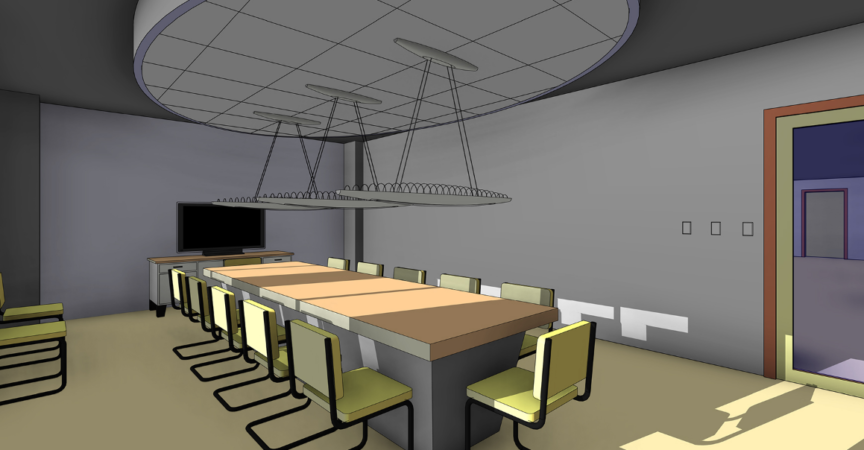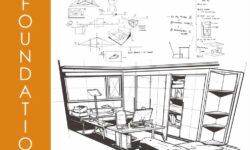Revit 2020 Essential Training for Architecture (Metric)
Release date:2019, April 10
Author:Paul F. Aubin
Skill level:Intermediate
Language:English
Exercise files:Yes
Learn the basics of using Revit 2020 for architectural design. This course is designed for those who have no prior Revit experience and want to work in metric units (meters and centimeters). First, get comfortable with the Revit environment, and learn to set up a project and add the grids, levels, and dimensions that will anchor your design. Then, instructor Paul F. Aubin helps you dive into modeling: adding walls, doors, and windows; using joins and constraints; creating groups; linking to DWG files; and modeling floors, roofs, and ceilings. Paul also shows advanced techniques for modeling stairs and complex walls, adding rooms, and creating schedules. Finally, discover how to annotate your drawings so all the components are clearly understood, as well as output sheets to PDF and AutoCAD.
Topics include:
-
- Understanding BIM and the Revit element hierarchy
- Navigating views
- Creating a new project from a template
- Adding walls, doors, and windows
- Adding plumbing fixtures and other components
- Linking AutoCAD DWG files
- Rotating and aligning Revit links
- Working with footprint and extrusion roofs
- Adding openings
- Adding railings
- Creating stacked and curtain walls
- Hiding and isolating objects
- Adding rooms
- Creating schedule views and tags
- Adding text and dimensions
- Creating new families
- Using reference planes, parameters, and constraints
- Plotting and creating a PDF





 Channel
Channel





